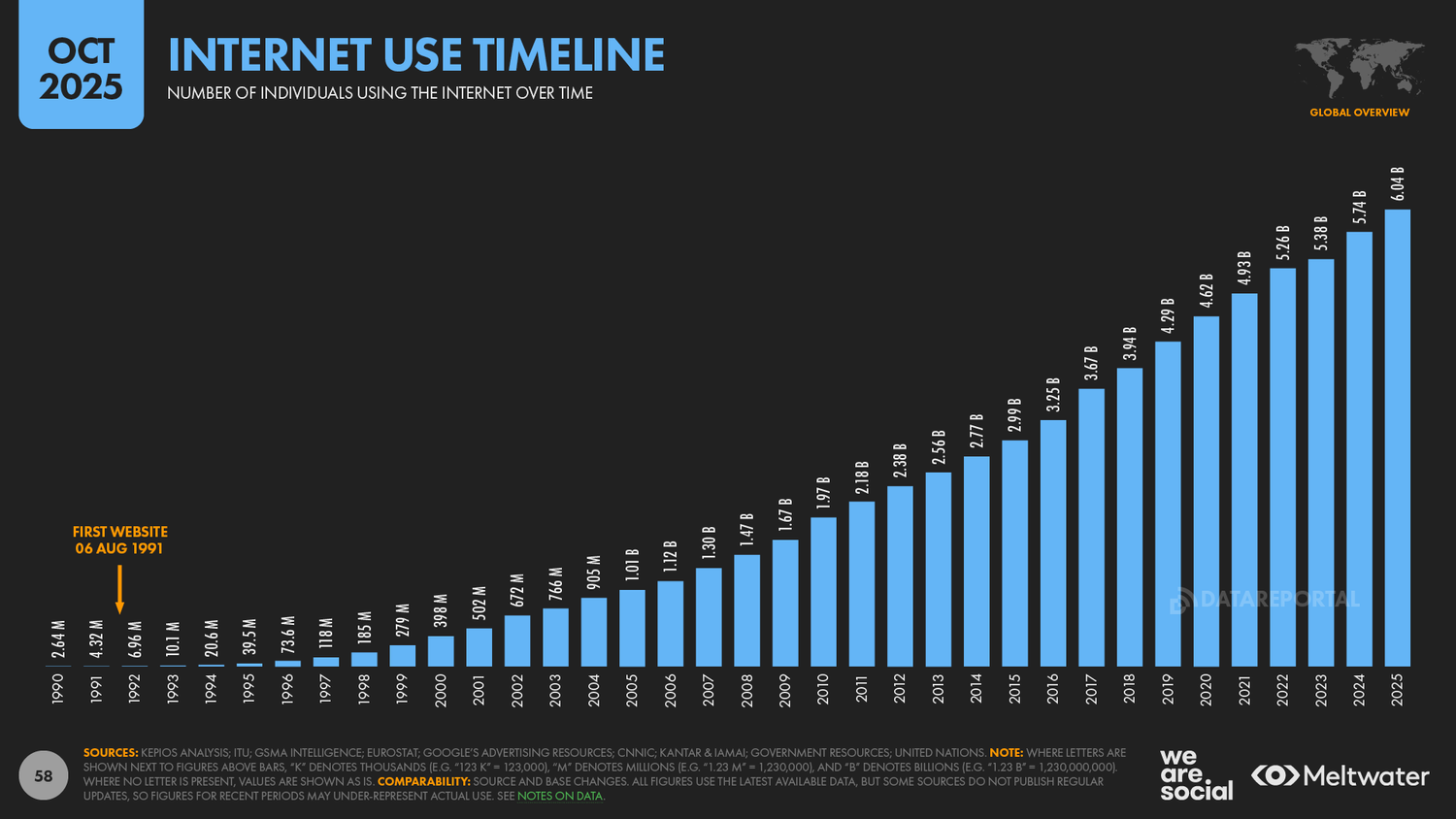The cost of internet access
Another important consideration when exploring lower levels of internet access is the cost of going online.
The latest analysis by the ITU suggests that both fixed internet and cellular data plans remain prohibitively high in many parts of the world, meaning that many people need to rely on services like free public WiFi to go online.
For example, the ITU’s analysis indicates that the cheapest non-promotional cellular data plan in the Central African Republic costs the equivalent of more than a quarter (26.7 percent) of the typical monthly income, which may be one of the primary reasons why the country’s internet adoption rate is a dispiritingly low 12 percent.
Cellular data isn’t much more “affordable” in Venezuela either, but despite the cheapest non-promotional mobile data package in the country costing the equivalent of more than 20 percent of typical monthly income, internet penetration in the Southern American country still exceeds 60 percent.
Having said that though, separate data from the World Bank indicates that almost a quarter of the country’s internet users – 23.7 percent – only uses free WiFi to go online, which is one of the highest rates we see for this particular data point in the World Bank’s dataset.
And – unsurprisingly – there’s a meaningful overlap between the countries where cellular data is the most expensive (as compared with people’s incomes), and the countries that struggle with the lowest levels of internet adoption.
Once again though, broader infrastructural challenges likely play an important role in pushing up the price of internet access in these areas, so the affordability of cellular data is itself often a consequence of other underlying issues, rather than being the “root cause” of limited internet access.

